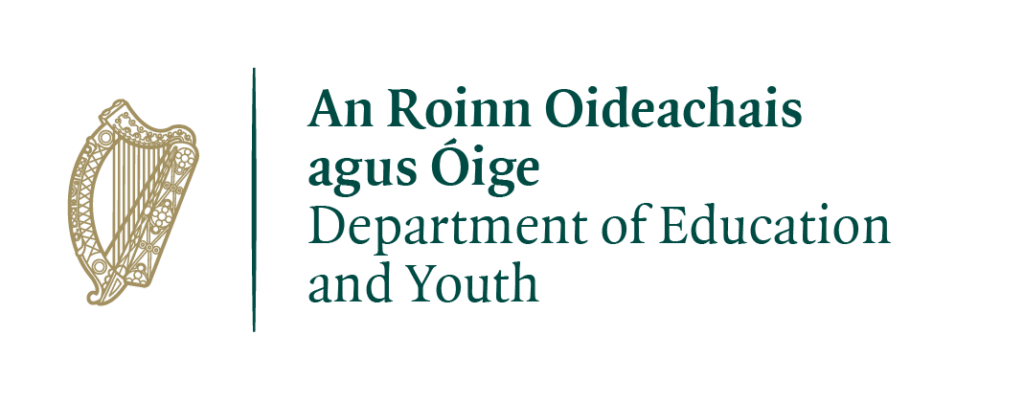
Assessing your language skills
Are you a beginner? Complete beginner or ‘false beginner’? An intermediate or advanced language learner? Are your oral language skills ahead of your written skills, or on the opposite are you more comfortable reading the language than interacting orally?
In a European context, language skills and levels are increasingly defined according to the Council of Europe language levels which provide an invaluable point of reference for language learners, teachers, academic institutions, language training providers, assessment and certification bodies and employers.
The Council of Europe Language Self Assessment Grid is one of the tools developed within the context of the Common European Framework of Reference (CEFR). It has also been incorporated in the ‘European Language Portfolio’ (ELP) also initiated by the Council of Europe.
The Council of Europe Self Assessment Grid
- The Council of Europe language self assessment grid distinguishes five language skills:
| Listening | Reading | Spoken Interaction | Spoken Production | Writing |
- According to this grid and to the CEFR, language proficiency develops through three stages – basic to independent to proficient language user- which are each divided in two broad levels:
Council of Europe six levels of language proficiency:
| Basic user | A1 | Breakthrough/Beginner |
| A2 | Waystage/Elementary | |
| Independent user | B1 | Threshold/Intermediate |
| B2 | Vantage/Upper Intermediate | |
| Proficient user | C1 | Effective Operational Proficiency/Advanced |
| C2 | Mastery/Proficiency |
Note that A1 is the first level of ‘communicative competence’. Interestingly, the CEFR also acknowledges a prior level, called ‘milestone’. This level is particularly relevant to non formal language learning and to language learning for young learners. It is the initial stage where the learner is able to repeat or copy but is not able to use language in a ‘generative’ way.
I can… The grid is also based on a series of statements called ‘can-do statements’ or ‘can-do descriptors’ which assist in assessing one’s own language proficiency according to each language skill and language level.
You can refer to the full Self Assessment Grid for a complete review of your language proficiency.
For a short language level snapshot in each of your languages, you can follow this link to the ‘Assess your Language Skills’ page on the European Centre for Modern Languages (ECML) website. It only takes a few minutes per language! http://www.ecml.at/Home/Survey/tabid/132/language/en-GB/Default.aspx
You can also invite your pupils to join other young Europeans in doing a quick self- assessment of their skills in different languages through the ECML ‘European Day of Languages’ page: http://edl.ecml.at/LanguageFun/Selfevaluateyourlanguageskills/tabid/2194/language/en-GB/Default.aspx
Oral performance in different languages according to the 6 CEFR levels of proficiency (examples) https://www.france-education-international.fr/ressources/ouvrages-cederoms-consacres-a-levaluation-certifications/dvd-productions-orales-illustrant-les-6-niveaux-cecrl
Europass – See how you can create your own European Language Passport online (e-ELP)on the Europass website: http://europass.cedefop.europa.eu/en/home
Other models of electronic European Language Portfolios/e-ELPs, are also available and can be found by doing an internet search.
||Assessing your language skills
Are you a beginner? Complete beginner or ‘false beginner’? An intermediate or advanced language learner? Are your oral language skills ahead of your written skills, or on the opposite are you more comfortable reading the language than interacting orally?
In a European context, language skills and levels are increasingly defined according to the Council of Europe language levels which provide an invaluable point of reference for language learners, teachers, academic institutions, language training providers, assessment and certification bodies and employers.
The Council of Europe Language Self Assessment Grid is one of the tools developed within the context of the Common European Framework of Reference (CEFR). It has also been incorporated in the ‘European Language Portfolio’ (ELP) also initiated by the Council of Europe.
The Council of Europe Self Assessment Grid
- The Council of Europe language self assessment grid distinguishes five language skills:
| Listening | Reading | Spoken Interaction | Spoken Production | Writing |
- According to this grid and to the CEFR, language proficiency develops through three stages – basic to independent to proficient language user- which are each divided in two broad levels:
Council of Europe six levels of language proficiency:
| Basic user | A1 | Breakthrough/Beginner |
| A2 | Waystage/Elementary | |
| Independent user | B1 | Threshold/Intermediate |
| B2 | Vantage/Upper Intermediate | |
| Proficient user | C1 | Effective Operational Proficiency/Advanced |
| C2 | Mastery/Proficiency |
Note that A1 is the first level of ‘communicative competence’. Interestingly, the CEFR also acknowledges a prior level, called ‘milestone’. This level is particularly relevant to non formal language learning and to language learning for young learners. It is the initial stage where the learner is able to repeat or copy but is not able to use language in a ‘generative’ way.
I can… The grid is also based on a series of statements called ‘can-do statements’ or ‘can-do descriptors’ which assist in assessing one’s own language proficiency according to each language skill and language level.
You can refer to the full Self Assessment Grid for a complete review of your language proficiency.
For a short language level snapshot in each of your languages, you can follow this link to the ‘Assess your Language Skills’ page on the European Centre for Modern Languages (ECML) website. It only takes a few minutes per language! http://www.ecml.at/Home/Survey/tabid/132/language/en-GB/Default.aspx
You can also invite your pupils to join other young Europeans in doing a quick self- assessment of their skills in different languages through the ECML ‘European Day of Languages’ page: http://edl.ecml.at/LanguageFun/Selfevaluateyourlanguageskills/tabid/2194/language/en-GB/Default.aspx
Oral performance in different languages according to the 6 CEFR levels of proficiency (examples) https://www.france-education-international.fr/ressources/ouvrages-cederoms-consacres-a-levaluation-certifications/dvd-productions-orales-illustrant-les-6-niveaux-cecrl
Europass – See how you can create your own European Language Passport online (e-ELP)on the Europass website: http://europass.cedefop.europa.eu/en/home
Other models of electronic European Language Portfolios/e-ELPs, are also available and can be found by doing an internet search.

